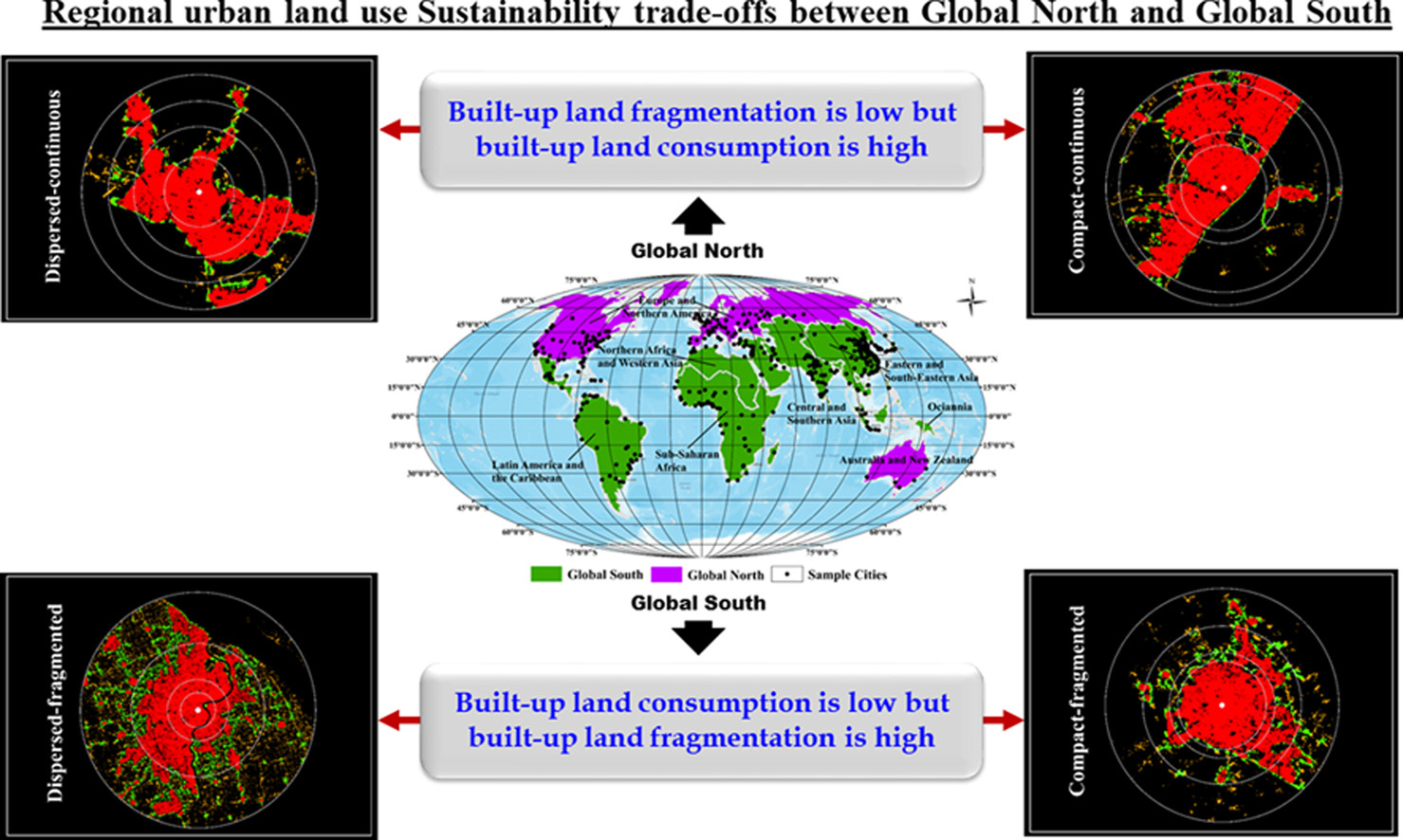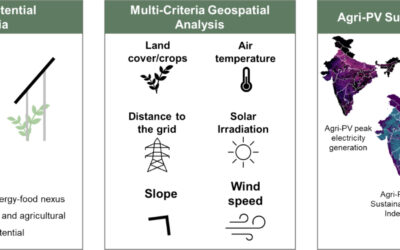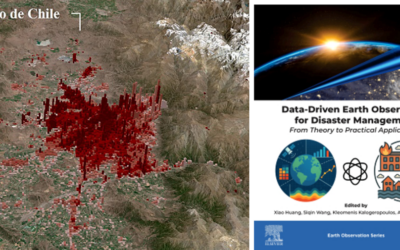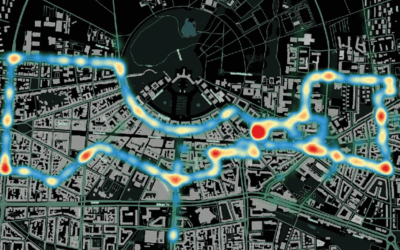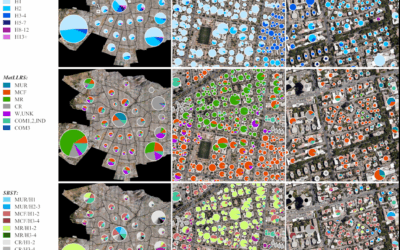A new paper titled “Same planet but different worlds! Diverging convergence pattern of urban form typologies across 413 cities with million+ inhabitants and their sustainability trade-offs” has been published in the journal “Habitat International” by a member of the Earth Observation Research Cluster (EORC) in cooperation with colleagues from India, the Czech Republic, and Germany.
This is the abstract of the paper:
Low-density urban expansion presents a worldwide urban land use sustainability challenge, resulting in increased land consumption and heightened landscape fragmentation. Existing research looks at the impacts of various urban form typologies on these two effects independently. We try to close this gap by identifying the urban form of 413 cities with million+ inhabitants worldwide as well as their simultaneous contribution to both land consumption and fragmented built-up land. We found that dispersed-continuous and compact-continuous typologies are predominant in cities in the Global North, whereas dispersed-fragmented and compact-fragmented typologies are prevalent in cities in the Global South. This effectively demonstrates the ‘diverging convergence’ pattern of urban form typologies across Global North and Global South. Our results further unravel that cities in the Global North divulge less built-up fragmentation while consuming more land. Contrarily, cities in the Global South consume less land per capita but have a more fragmented built-up area. It serves as a metaphor for regional trade-offs of urban land use sustainability, particularly if adopting a synchronic perspective on the global urban sustainability. Urban policy should prioritize finding ways to lessen adverse consequences linked with specific urban form typologies to effectively tackle urban land use sustainability trade-offs.
The full paper can be found here: https://www.sciencedirect.com/science/article/pii/S0197397524000249

